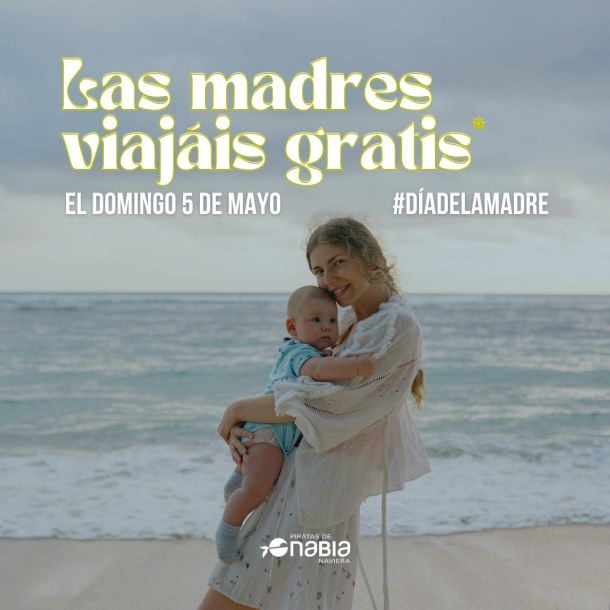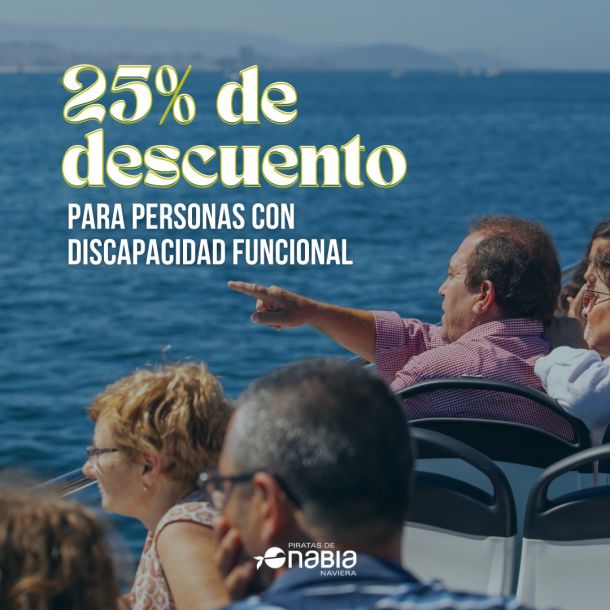10 curious things you may not have known about the Atlantic Islands of Galicia
If there is one thing we know about in Nabia is islands, we travel to them and we never tire of discovering them. Specifically, today we want to talk about Cíes, Ons and Sálvora, which are part of the Atlantic Islands National Park.
Even knowing them thoroughly, the islands offer us so much that every time we visit them we see different things. We see how the landscape changes according to the season of the year, we see stories that children imagine, we see them with the eyes of those who see the sea for the first time, or suddenly we see how we are accompanied on our walk by a gannet flying a few meters away.
That’s why today we want to present you ten legends, facts and curious things about these islands that you may not know.
- It is speculated that the island of Ons and the Cíes islands were part of the Casitérides that the ancient Greeks spoke of. The name Kassiteros means tin producers. The Greeks gave this name to a group of islands that produced the tin that reached their villages.. The exact location of these islands remains a mystery. and referred to some point between Galicia, French Brittany and Great Britain. There is no evidence of tin mines on the islands, so they would have been an exchange point on the trade route.
- Legend has it that the Cíes Islands served as a refuge for the Herminians, as if it were a last Gallic village. The Herminios were a Celtic people from the north of Portugal, a group of these warriors managed to escape from the Romans by taking refuge in the Cíes island. Finally, after the siege of Julius Caesar and his troops on the island of Pharos, the Herminians had to surrender to the Romans.
- The Cíes lighthouse is the Galician lighthouse whose light is the highest above sea level, at 187 meters. This is well known by our visitors since the road to the lighthouse is one of the busiest and very popular for its zigzagging ascent, which requires a last effort before reaching the highest point of the islands.
- The Cíes served as a provisional sanitary checkpoint before the construction of the San Simón lazaretto in 1842. At that time, there lived on the islands a health deputy, two pilots and four sailors who went out to meet all the vessels heading to the port of Vigo to find out where they came from and their state of health. In case of suspicion that the ship’s crew might be infected by a disease, they ordered them to be taken into custody until the port.
- The lighthouse of Ons is one of the lighthouses with the longest range in Galicia and Spain. Its light beam has a range of 25 miles, which is equivalent to about 46 km. In addition, the Ons lighthouse is still controlled by the eyes of a lighthouse keeper, being one of the few remaining examples in Spain.
- The island of Sálvora boasts its own mermaid: Mariña. A mute mermaid who was found on the beach by the knight Don Froilaz. Don Froilaz married her and from this relationship Mariño was born. With the intention of getting Mariña to talk, the nobleman decided to scare her and brought his son close to a bonfire, pretending to throw him into the fire. Such was the impression that the siren uttered its first sound. Thus was born the lineage of the Mariño family, the first owners of the island.
- Ons is the island with more furnas of the Park, about 30. The furnas are caves created by erosion in cliff areas and by the fracture of rocks. The most visited of all is the Buraco do Inferno, a furna whose roof collapsed, creating a 43-meter shaft.
- Galician horses live on the island of Sálvora. Grazing has always been a traditional activity on the island of Sálvora and today around a dozen horses graze freely and contribute to the conservation of the landscape.
- In Cíes, Ons and Sálvora there were salting factories. The island character and the link of its inhabitants with the sea was always important, proof of this is how their economies are related to fishing activities.
- The famous microclimate that we often talk about is not an urban legend. The climate of the islands is not typical of the Atlantic character that we have on land, since the scarcity of rainfall in summer produces a period of drought. This is typical of a Mediterranean climate.
These are just a few facts about the islands, come and discover them with us ( https://www.piratasdenabia.com/comprar-billetes ) and you will see how they give us different stories, it all depends on the color of the glass with which you look at them.


